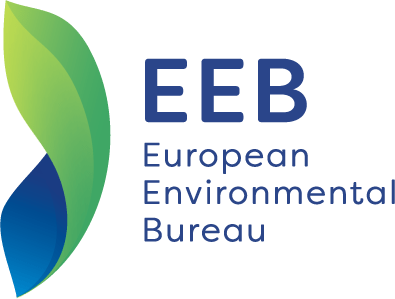Raw Material Regulation could reshape the Green Transition, but more ambition is needed.
Two votes in Parliament this week on Europe’s new critical raw materials law show that more ambition is needed if the EU is serious about securing raw materials resilience and reducing environmental and human rights impacts.
The EU Parliament, the Committee on Environment, Public Health and Food Safety (ENVI), and International Trade (INTA) all vote on the Critical Raw Materials Regulation (CRMR) this week, amending the proposal tabled by the European Commission in March 2023.
Although leadership of the file remains with the Industry, Research and Energy (ITRE) Committee who will not vote until September, the two votes evoked a mixture of concern and optimism for the landmark critical raw material file.
On Tuesday, ENVI Committee voted with 52 in favour, and 3 against on the text, led by Swedish EPP MEP Jessica Polfjard.
Campaigners had already warned about the environmental and human rights consequences of unchecked mining activities. The Business and Human Rights Resource Centre records a staggering 510 allegations of human rights abuses within the mining sector over the last 12 years. The fact that certification schemes are still regarded as “sufficient” within the text is worrisome. Certifications should only be regarded as one tool among many that companies and regulators can use to evaluate a strategic project, yet they should not be seen as a substitute for a more comprehensive assessment of human rights and environmental performance.
The EEB welcomes the improved language for national permitting authorities including the slightly enhanced timelines for strategic projects. Another positive development was the expansion of the reference of the Aarhus convention on access to justice and information. Initially, only Article 6 and 7 focused on public participation in specific projects and reporting on environmental matters. Now, the text includes provisions for other cases and access to information. Although, indigenous peoples are mentioned, the text does not explicitly refer to ILO 169 on Free, Prior, and Informed Consent or other international instruments.
In terms of circularity, the recycling ambitions have been raised from 15% to 25% are commendable, as well as the ambition to make 25% of raw materials come from secondary sources, thus promoting circularity. It is also encouraging to see a larger focus on waste prevention rather than recycling. Circularity can reduce our reliance on raw materials, by also reducing supply chain vulnerability to geopolitical pressures.
“The ENVI Committee conveyed a clear message by raising circularity ambitions and emphasizing the need to advance up the waste hierarchy beyond just recycling. Nonetheless, there is a need to address the overall reduction of raw materials consumption, which is not currently incorporated. The improved timeline and language concerning licensing authorities were also positively received. However, the lack of clarity regarding indigenous peoples’ consent is worrisome, as it lacks binding commitments to uphold ILO 169 and other legal instruments such as UNDRIP” – Diego Marin, Policy Officer for Raw Materials and Resource Justice at the EEB
A vote in the INTA Committee also concluded today. The outcome of the vote offered fresh air for the regulation.
One of the key highlights of the approved text is the emphasis on stronger requirements for export credit agencies to foster improved coordination and synergies with both the Commission and Member States. These agencies, which have historically focused on high-risk sectors, especially in fossil fuels, have operated with a shroud of secrecy and little public disclosure, often associated with human rights abuses. Transparency in these needs to be addressed if they are to be used for strategic projects.
The provision of raw material recycling at 15% for each individual raw material is an important addition to the text, showcasing a positive step to enhance recycling measures. While the ENVI Committee’s draft text mentioned 25%, this development is a positive move from the draft text by the Commission.
The approved INTA text enlarged the concept of Strategic Partnerships, aiming to foster mutual interests while promoting and safeguarding environmental standards, social and human rights. These partnerships will hopefully encourage knowledge sharing and benefit both parties involved.
The recognition of local value addition in the INTA text is also welcomed. By diversifying supply chains and contributing to the economic development of third countries, including local processing, the regulation moves in the right direction towards its commitment to international environmental protection and human rights standards. Involving local communities in decision-making processes through inclusive business models is part of this approach.
The vote also takes important steps towards developing local industries, preserving human and labor rights, protecting the environment and biodiversity, conserving water, and combatting corruption. The inclusion of the United Nations Declaration on the Rights of Indigenous Peoples represents a notable advancement. Furthermore, the specification of benefit sharing and the establishment of a transparency list for strategic projects are also welcomed aspects of the regulation.
“We are pleased to discover a robust provision in the final text, which mandates recycling of each critical raw material at 15% on aggregate. Moreover, we commend the emphasis on promoting benefit sharing through diversified supply chains combined with commitments to local value addition, and the adherence to human rights and environmental standards. We also welcome INTA’s initiative to include the need for a transparency list of strategic projects, as this will improve clarity for citizens and civil society on which projects are selected.“ – Robin Roels, Associate Policy Officer for Raw Materials at the EEB
The results in ENVI and INTA will set the tone for the plenary vote expected in early October 2023.

